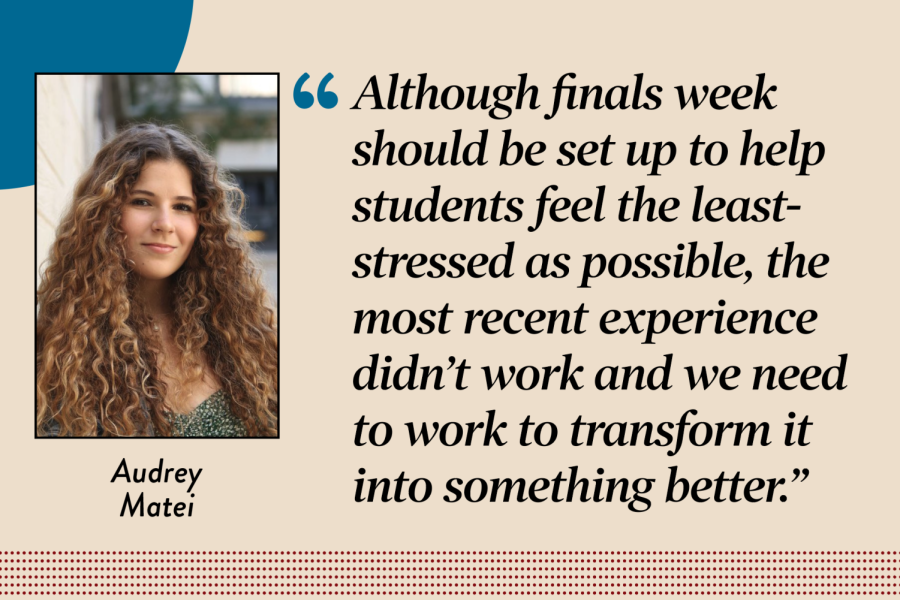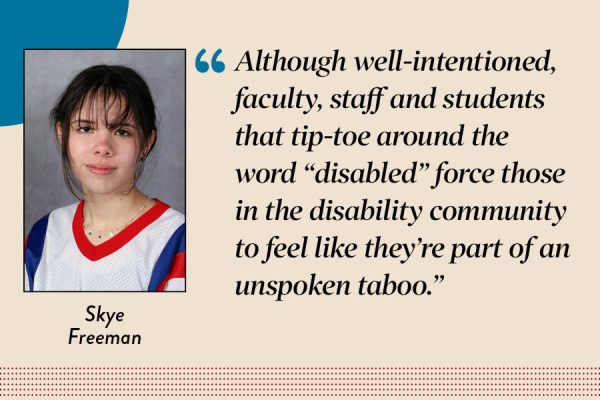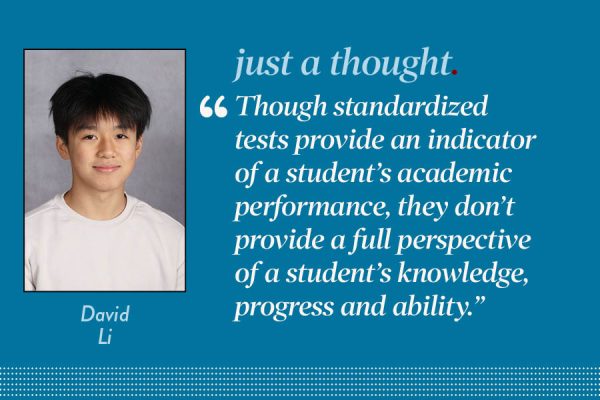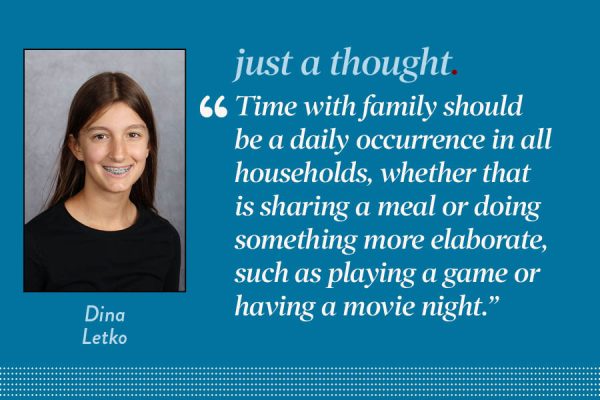Finals distribution needs to be restructured to provide more support
February 23, 2023
Page 18 of the student handbook states, “Students who have three (3) tests, papers, or final projects assigned for the same date can ask their teacher for a reasonable extension on the last-assigned item.” Although I have heard students and teachers bring this rule up occasionally, I have not once seen or heard someone actually try to apply it. That was until I had to… during the last week of January.
During the final two weeks of the term, I had 10 major assignments, despite only taking six classes. This unequal distribution of work made me realize that something is very wrong with the way our end-of-semester schedule functions. With next year’s significant schedule restructure, finals week needs to be reevaluated, too.
Final assessments themselves are not an issue. After all, I signed up for this workload knowing it would be rigorous. Rather, the entire system we adopt for the end of semester is counterproductive to its purpose.
Our current end-of-semester schedule includes a four-day week: the first day has a normal schedule, the subsequent three days only have two or three 75-minute classes scheduled and the final day is off for students. Although the reduced class meetings are meant to prevent cramming, having only three days reserved for tests, projects and papers still leaves many studying overwhelmed with lots of work and little time. Next year, the schedule will support seven periods while providing some students the ability to take eight classes.
To adjust to this change, I propose that the day of normal scheduling be removed. Each of the four class days during the last week of the semester should have two class periods. This will slightly lighten students’ schedules, providing more time to study and meet with teachers. These classes would be held at their usual time to avoid internal scheduling conflicts and would be the standard, 50-minute class periods with plenty of time before and after the period so teachers can extend or shorten the class and eliminate the need for multi-day finals.
I also urge teachers to consider assigning their activities during the designated week for final assessments. Some teachers assigned significant work in the week before the end of the semester, which clogged student schedules more. Although I understand that teachers need a significant amount of time to grade major projects, and some final assessments require multiple class periods, the week before the semester’s end is incredibly important to use for longer-term studying. According to the University of California, San Diego’s psychology department, spaced-out studying practices help students to retain more information and study more effectively.
Although finals week should be set up to help students feel the least-stressed as possible, the most recent experience didn’t work and we need to work to transform it into something better.


















